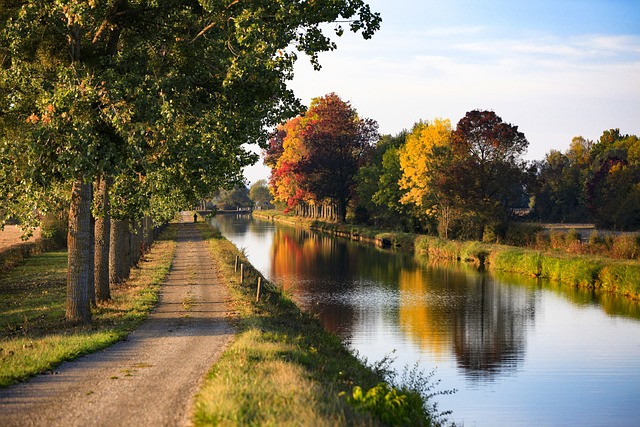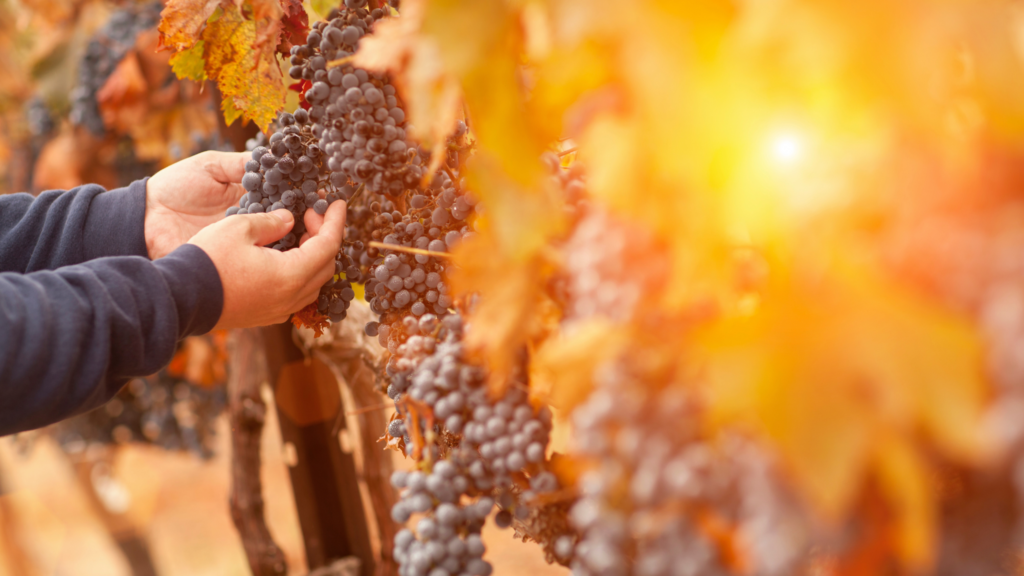-
Table of Contents
The Hautes Côtes of Bourgogne is a region of France renowned for its rich history and culture, as well as its world-renowned wines. In recent years, the region has seen a decline in its wine production, leading to a need to rethink the future of the Hautes Côtes. This paper will explore the potential for the region to diversify its economy and create new opportunities for its citizens. It will look at the current state of the region, the challenges it faces, and the potential solutions that could be implemented to ensure the future of the Hautes Côtes. Finally, it will discuss the importance of collaboration between local stakeholders and the government in order to ensure the success of any initiatives.
Exploring the Potential of Organic and Biodynamic Farming in Bourgogne’s Hautes Côtes
Organic and biodynamic farming is becoming increasingly popular in Bourgogne’s Hautes Côtes, and for good reason. This type of farming is not only beneficial for the environment, but it also produces some of the most delicious and unique wines in the region.
Organic farming is a type of agriculture that avoids the use of synthetic fertilizers, pesticides, and other chemicals. Instead, organic farmers rely on natural methods such as crop rotation, composting, and cover crops to maintain soil fertility and control pests. Organic farming also emphasizes the use of renewable resources and conservation of soil and water.
Biodynamic farming is a type of organic farming that takes things a step further. It is based on the principles of Rudolf Steiner, a German philosopher, and focuses on the holistic health of the farm. Biodynamic farmers use natural preparations and composts to enhance the soil and promote biodiversity. They also pay close attention to the lunar cycle and the position of the stars when planting and harvesting.
Organic and biodynamic farming in Bourgogne’s Hautes Côtes has the potential to produce some of the most unique and delicious wines in the region. The soils in this area are well-suited for organic and biodynamic farming, and the climate is ideal for growing grapes. The wines produced in this region are known for their intense aromas and flavors, and the use of organic and biodynamic farming methods can help to enhance these characteristics.
Organic and biodynamic farming also has the potential to benefit the environment. By avoiding the use of synthetic fertilizers and pesticides, organic and biodynamic farmers can help to reduce pollution and conserve natural resources. Additionally, organic and biodynamic farming can help to promote biodiversity, as it encourages the use of cover crops and other natural methods to maintain soil fertility.
Organic and biodynamic farming in Bourgogne’s Hautes Côtes is an exciting and promising venture. Not only can it produce some of the most unique and delicious wines in the region, but it can also benefit the environment and promote biodiversity. If you’re looking for a unique and delicious wine experience, then organic and biodynamic farming in Bourgogne’s Hautes Côtes is definitely worth exploring.
Reimagining the Role of Small-Scale Winemakers in Bourgogne’s Hautes Côtes

Small-scale winemakers in Bourgogne’s Hautes Côtes have long been an integral part of the region’s winemaking tradition. However, in recent years, the role of these winemakers has been changing. As the demand for high-quality wines from the region has grown, so too has the need for larger-scale production. This has led to a shift away from the traditional small-scale winemaking practices that have been in place for centuries.
But this doesn’t mean that small-scale winemakers are no longer relevant. In fact, they are more important than ever. As the demand for high-quality wines from the region continues to grow, so too does the need for small-scale winemakers to provide unique and distinctive wines. Small-scale winemakers are able to produce wines that are more complex and nuanced than those produced by larger-scale operations. They are also able to experiment with different grape varieties and winemaking techniques, allowing them to create wines that are truly unique and special.
Small-scale winemakers are also able to provide a more personal experience for their customers. By working directly with the winemakers, customers can get a better understanding of the winemaking process and the unique characteristics of the wines they are purchasing. This allows them to make more informed decisions when it comes to selecting wines for their collection.
Finally, small-scale winemakers are able to provide a more sustainable approach to winemaking. By using traditional methods and avoiding the use of chemicals and other additives, small-scale winemakers are able to produce wines that are healthier for both the environment and the consumer.
The role of small-scale winemakers in Bourgogne’s Hautes Côtes is changing, but they are still an important part of the region’s winemaking tradition. By producing unique and distinctive wines, providing a more personal experience for their customers, and taking a more sustainable approach to winemaking, small-scale winemakers are helping to ensure that the region’s winemaking tradition continues to thrive.
Innovative Strategies for Sustainability in Bourgogne’s Hautes Côtes Wine Production
Sustainability is an increasingly important factor in the production of Bourgogne’s Hautes Côtes wines. As the demand for organic and biodynamic wines continues to grow, producers in the region are looking for innovative ways to ensure their wines are produced in an environmentally friendly manner. Here are some of the strategies they are using to make their production more sustainable:
1. Utilizing Sustainable Viticulture Practices: Sustainable viticulture practices are becoming increasingly popular in the Hautes Côtes region. These practices include using cover crops to reduce soil erosion, planting native vegetation to provide habitat for beneficial insects, and using organic fertilizers to reduce the need for chemical inputs.
2. Implementing Water Conservation Strategies: Water is a precious resource in the Hautes Côtes region, and producers are taking steps to conserve it. This includes using drip irrigation systems, installing rainwater collection systems, and using mulch to reduce evaporation.
3. Utilizing Renewable Energy Sources: Producers in the Hautes Côtes region are increasingly turning to renewable energy sources to power their operations. This includes using solar panels to generate electricity, using wind turbines to generate power, and using biomass to generate heat.
4. Reducing Waste: Producers in the Hautes Côtes region are taking steps to reduce waste in their operations. This includes using composting systems to recycle organic waste, using recycled materials in packaging, and using sustainable packaging materials.
By implementing these strategies, producers in the Hautes Côtes region are taking steps to ensure their wines are produced in an environmentally friendly manner. This not only helps to protect the environment, but also helps to ensure the long-term sustainability of the region’s wine production.
Q&A
1. What is the purpose of the Rethinking the Future of Bourgogne’s Hautes Côtes project?
The purpose of the Rethinking the Future of Bourgogne’s Hautes Côtes project is to develop a new vision for the future of the Hautes Côtes region of Burgundy, France. The project seeks to identify and develop strategies to promote the region’s unique terroir, its wines, and its culture, while also addressing the challenges of climate change and other environmental issues.
2. What are some of the strategies being developed as part of the project?
The project is developing strategies to promote the region’s unique terroir, its wines, and its culture, while also addressing the challenges of climate change and other environmental issues. These strategies include: increasing the use of sustainable viticulture practices, promoting the region’s wines through marketing and education, and developing new tourism initiatives. Additionally, the project is exploring ways to improve the region’s infrastructure and support local businesses.
3. How can people get involved in the project?
People can get involved in the project by attending public meetings and workshops, participating in online surveys, and providing feedback on the project’s progress. Additionally, people can support the project by purchasing wines from the region and promoting the region’s unique terroir and culture.The Hautes Côtes of Bourgogne have a long and storied history, and the region is now in the midst of a renaissance. With the help of innovative winemakers, the region is producing some of the most exciting and unique wines in the world. The future of the Hautes Côtes of Bourgogne looks bright, and with continued investment in the region, the wines of the Hautes Côtes will continue to be enjoyed for generations to come.
![]()








